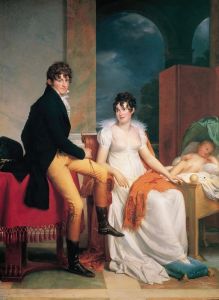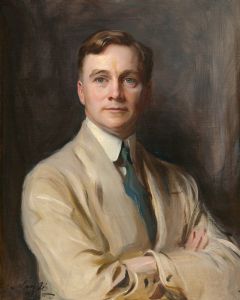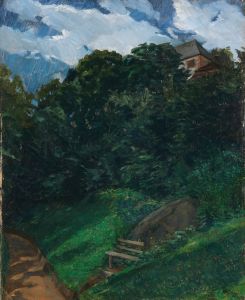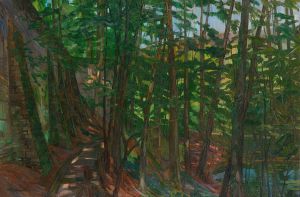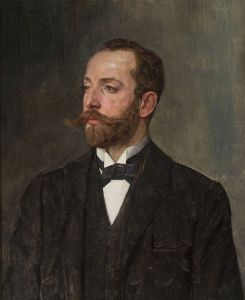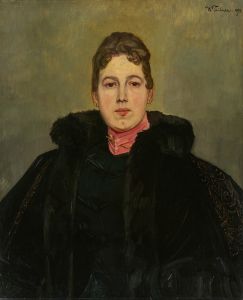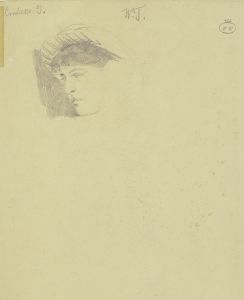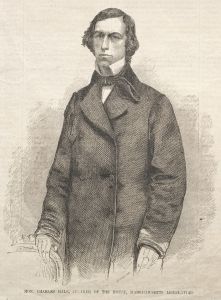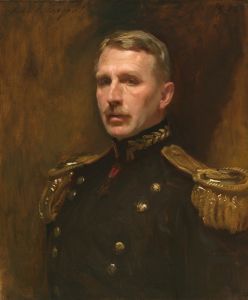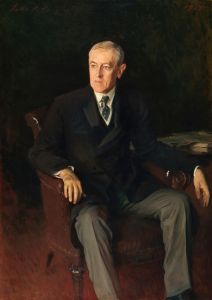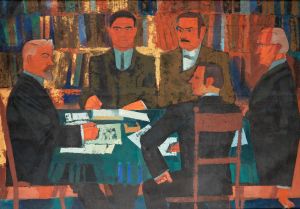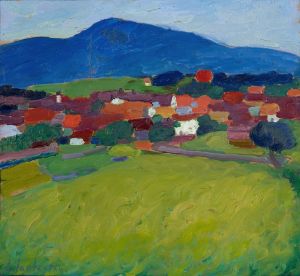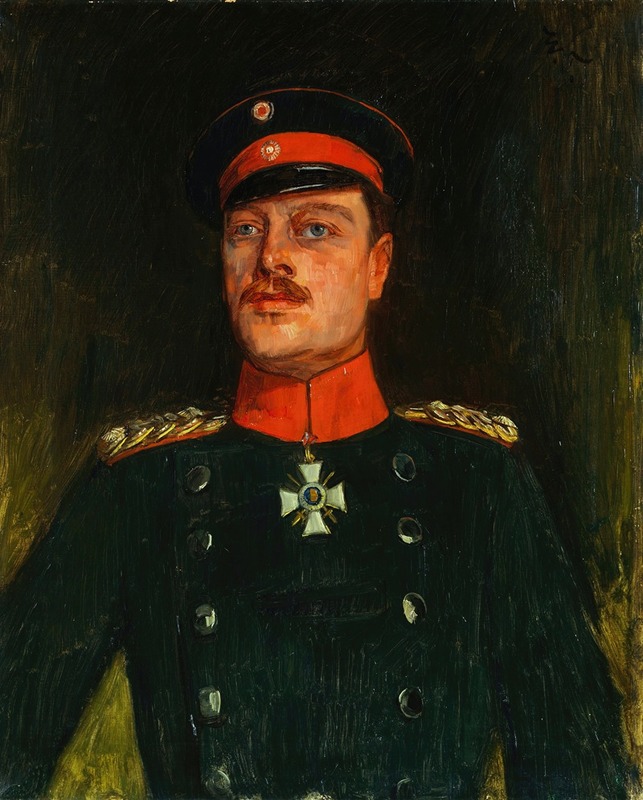
Großherzog Ernst Ludwig von Hessen und bei Rhein
A hand-painted replica of Wilhelm Trübner’s masterpiece Großherzog Ernst Ludwig von Hessen und bei Rhein, meticulously crafted by professional artists to capture the true essence of the original. Each piece is created with museum-quality canvas and rare mineral pigments, carefully painted by experienced artists with delicate brushstrokes and rich, layered colors to perfectly recreate the texture of the original artwork. Unlike machine-printed reproductions, this hand-painted version brings the painting to life, infused with the artist’s emotions and skill in every stroke. Whether for personal collection or home decoration, it instantly elevates the artistic atmosphere of any space.
Wilhelm Trübner, a prominent German realist painter associated with the Düsseldorf School and later the Munich Secession, painted "Großherzog Ernst Ludwig von Hessen und bei Rhein" (Grand Duke Ernst Ludwig of Hesse and by Rhine). This artwork is a portrait of Ernst Ludwig (1868–1937), who was the last Grand Duke of Hesse and by Rhine, reigning from 1892 until the abolition of the monarchy in 1918 following World War I.
The painting is an example of Trübner's skill in capturing the character and stature of his subjects. Ernst Ludwig, a patron of the arts and a key figure in the Darmstadt Artists' Colony (Darmstädter Künstlerkolonie), was known for his efforts to promote modern art and design during his reign. His leadership in fostering the Jugendstil (Art Nouveau) movement in Germany is well-documented, and his cultural contributions left a lasting impact on the region.
Trübner's portrait likely reflects the Grand Duke's status and personality, emphasizing his role as both a ruler and a cultural figure. The painting is executed in Trübner's characteristic realist style, which often combined precise detail with a focus on the psychological depth of his subjects. The use of light, color, and texture in the portrait demonstrates Trübner's mastery of his craft and his ability to convey the dignity and individuality of his sitters.
The exact date of the painting is not widely documented, but it is presumed to have been created during Ernst Ludwig's tenure as Grand Duke, given the subject's attire and bearing. The portrait is believed to have been commissioned to commemorate or honor the Grand Duke's contributions to the arts and his leadership in Hesse.
As of now, the painting's current location or ownership is not definitively recorded in public sources. It may reside in a private collection, a museum, or an institution associated with the history of Hesse and its rulers. Further research into Trübner's catalog and the provenance of this specific work would be required to provide more detailed information.
This portrait stands as a testament to the intersection of art and history, capturing the image of a ruler who played a significant role in shaping the cultural landscape of his time.





